Intumescent paint coating corrosivity ratings in the Australian atmosphere
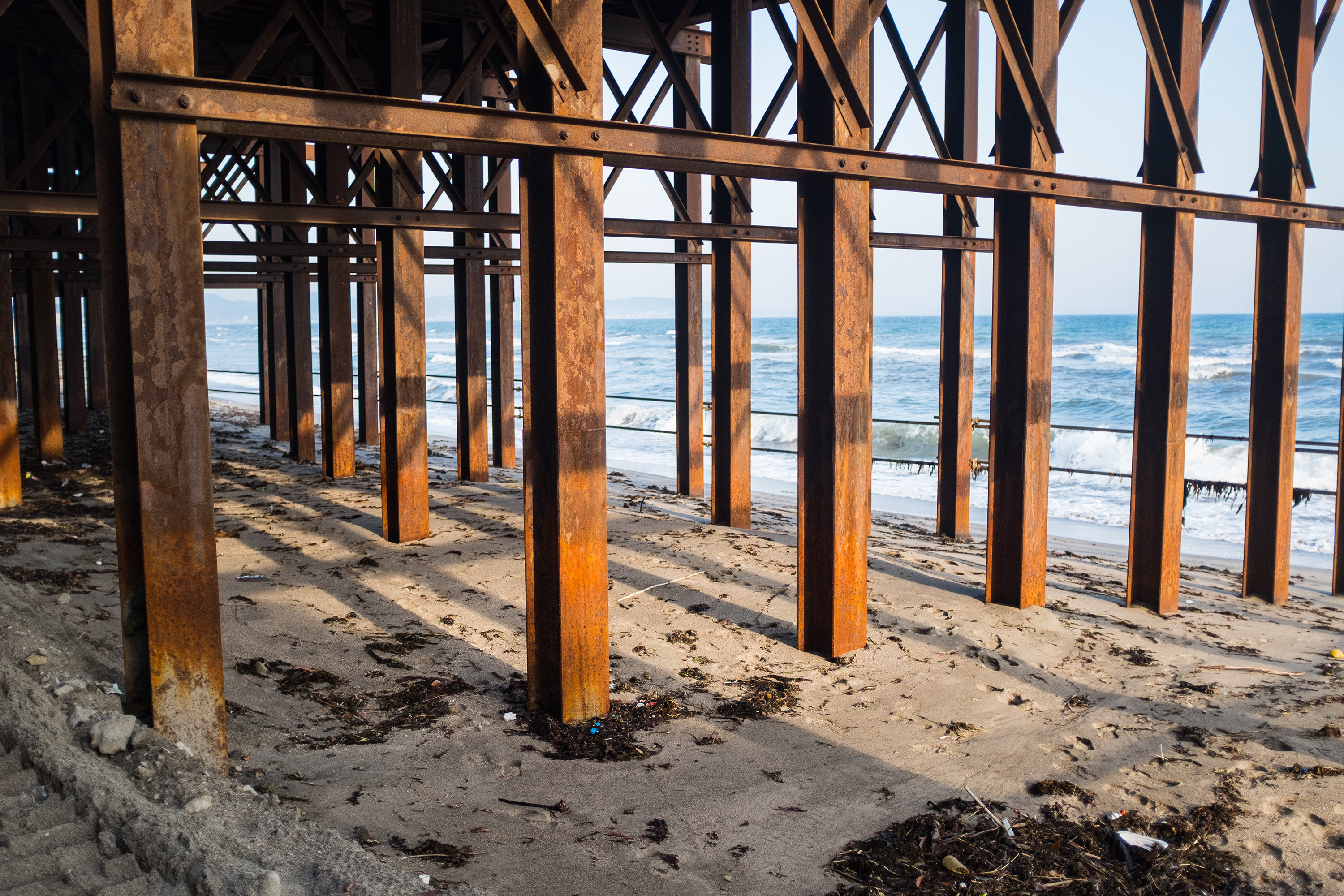
Two key Australian Standards - AS 4312 and AS/NZS 2312.2 - provide information on the corrosion rate of steel under a range of atmospheric conditions around Australia.
These corrosive ratings form an integral part of specifying an intumescent paint coating system for a building project.
The other key criteria in creating a specification is, of course, the fire rating level (or FRL).
The CSIRO (as well as other organisations) have carried out extensive mapping to establish the corrosivity of the Australian climate. AS 4312 is the best source of Australian data for corrosivity of steel in the local environment.
The corrosion rate estimates for steel in the various standards are consistent and interchangeable with the International Standards ISO 9223 and ISO 14713.1 for the purposes of service life estimates.

AS 4312 includes maps showing estimates of corrosivity zones for several major cities of Australia.
In addition, detailed corrosivity maps for South Australia prepared by the South Australian government are available at SA Government Corrosion Environment Maps.
Other states may have similar resources.
Download the PDF
click hereMore articles...
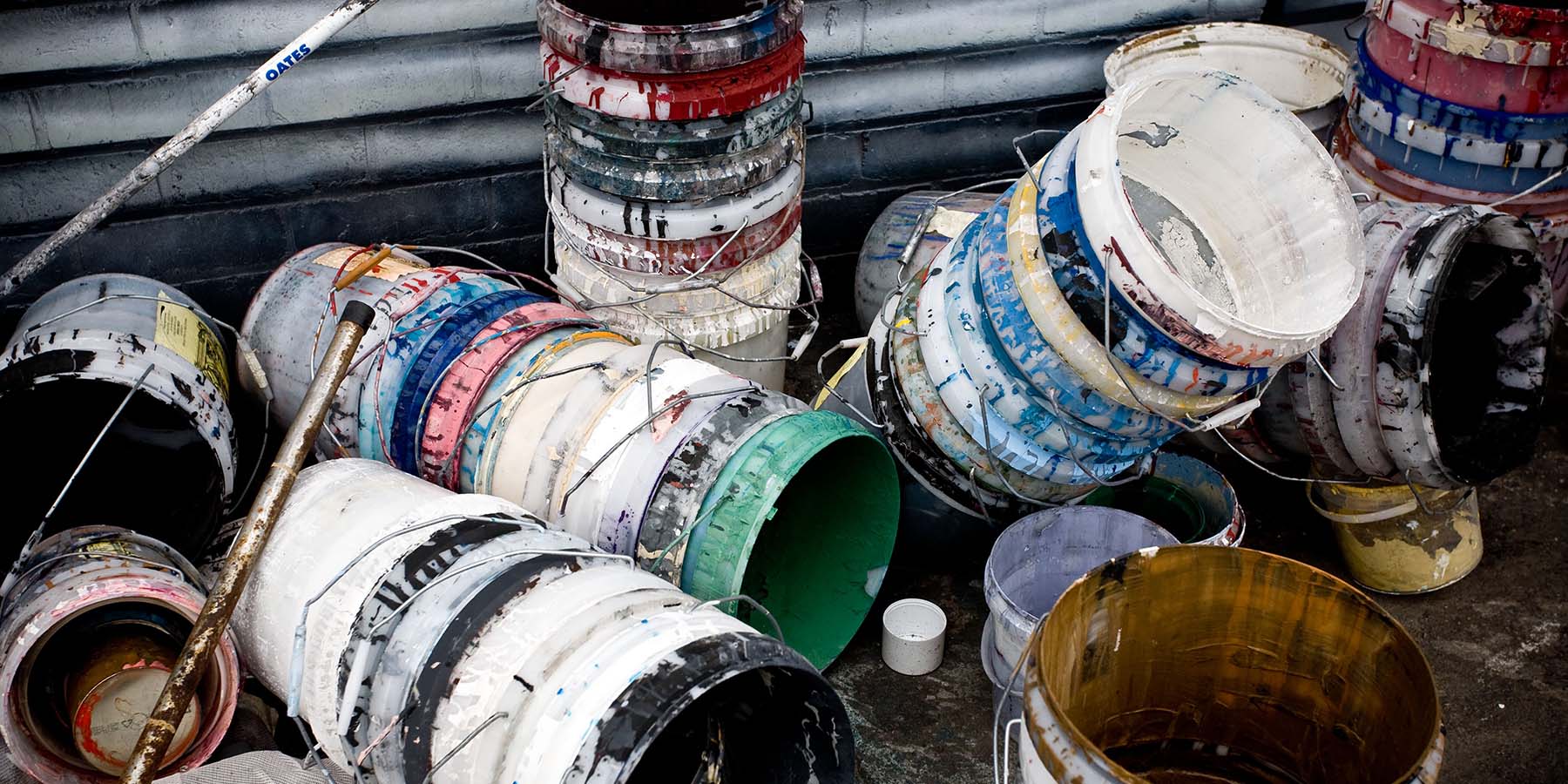
Intumescent coating types
There are a variety of intumescent coating types with different properties and application methods. Which type is the best for your situation?
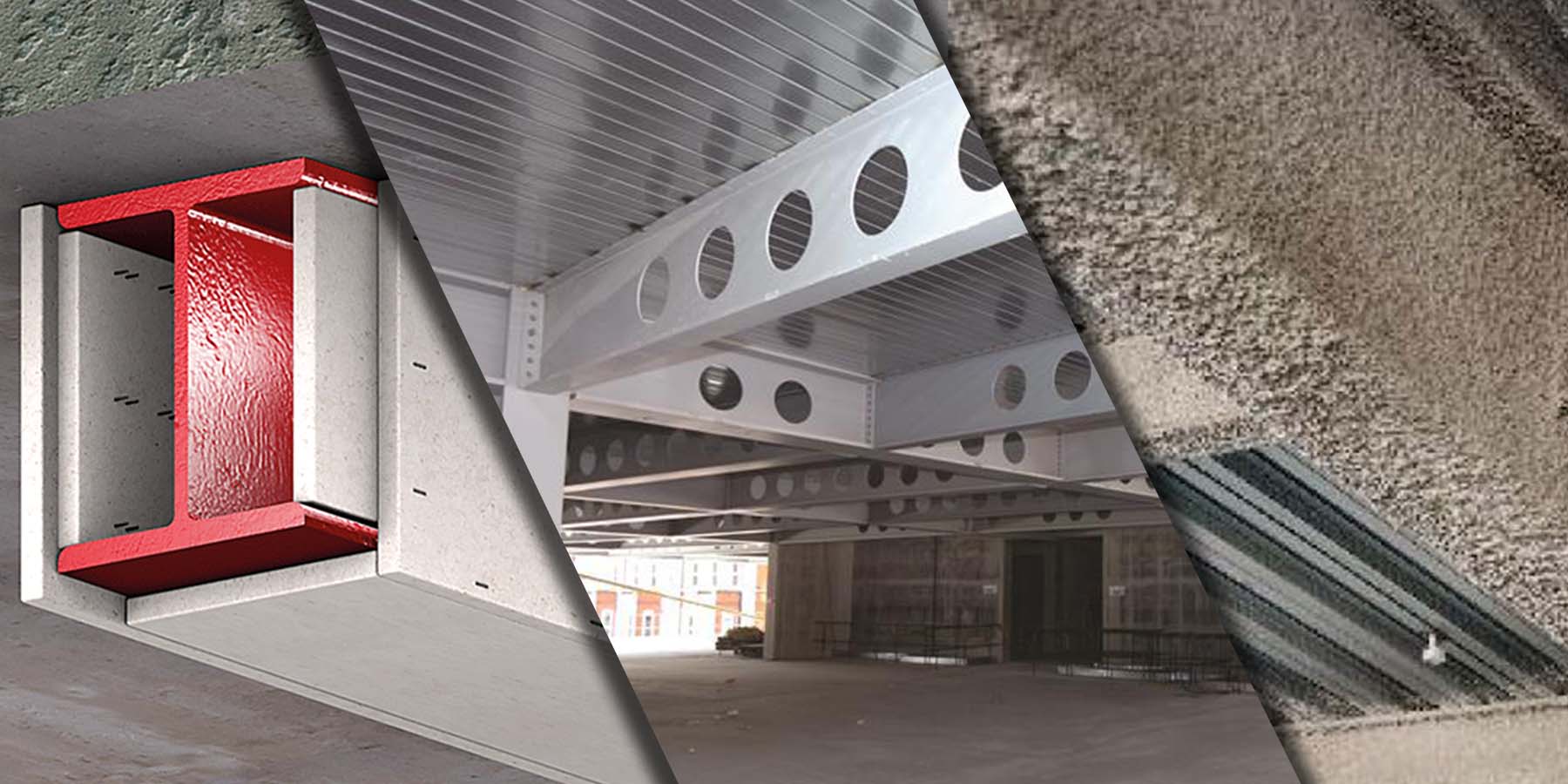
Passive fire protection methods
There are several ways to protect building structural work. Whilst some methods may be more prevalent, there is no one "best way" to protect a building's structure. The best method will most likely be determined by a number of factors, but here are your options.
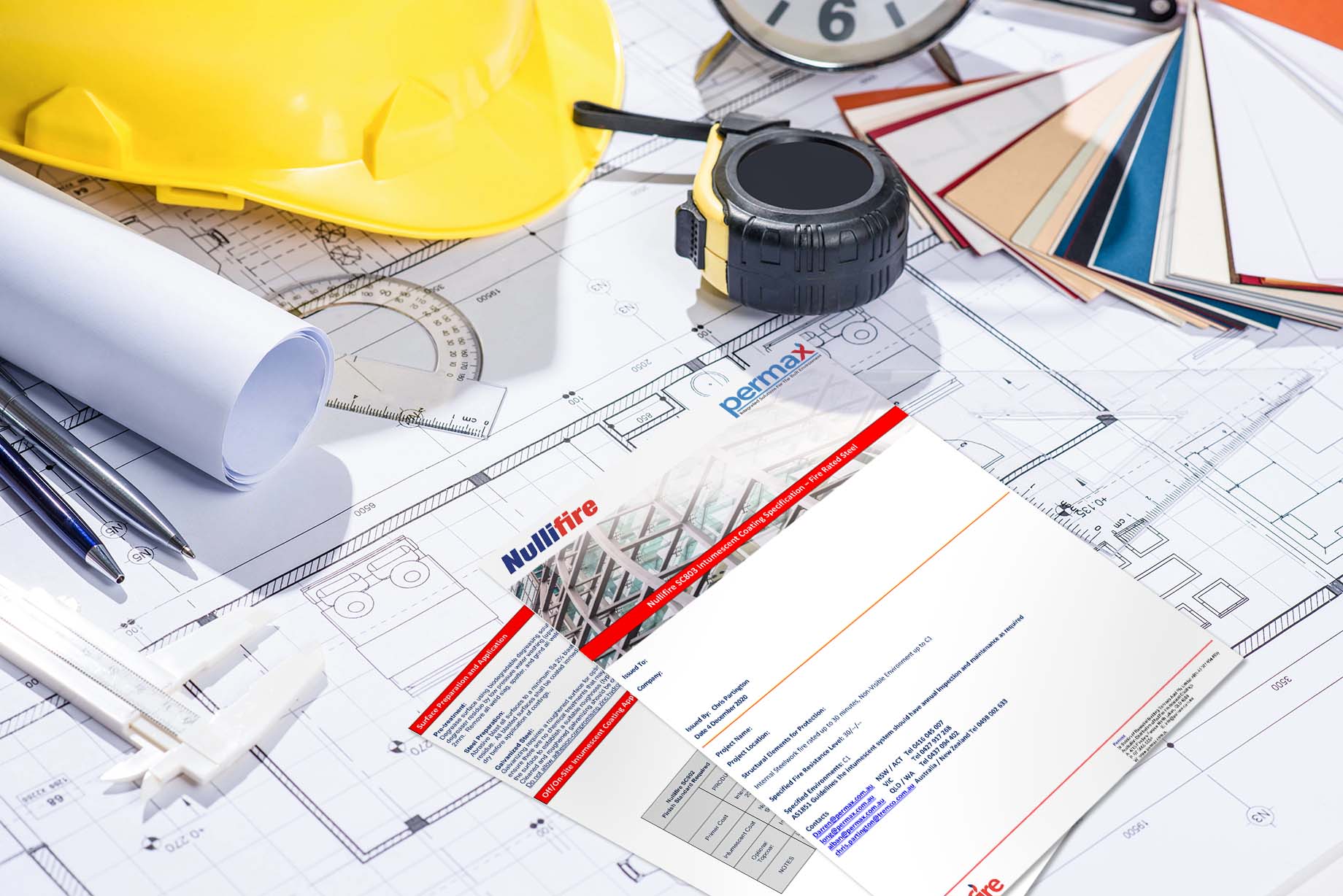
Intumescent paint coating specification templates
Access a range of templates supplied by manufacturers for the purposes of specifying their intumescent paint coating products for various FRLs and corrosivity ratings.

Limiting steel temperatures to maintain structural integrity
Maintaining structural adequacy on load-bearing steel is critical to the fire safety of building occupants, fire fighters and the surrounding built environment. Here's how limiting steel temperatures to maintain structural integrity relates to intumescent paint coatings.

Getting help with intumescent paint coatings
The specifying and application of an intumescent coating system is a highly specialised task that requires considerable training and experience to accomplish correctly.
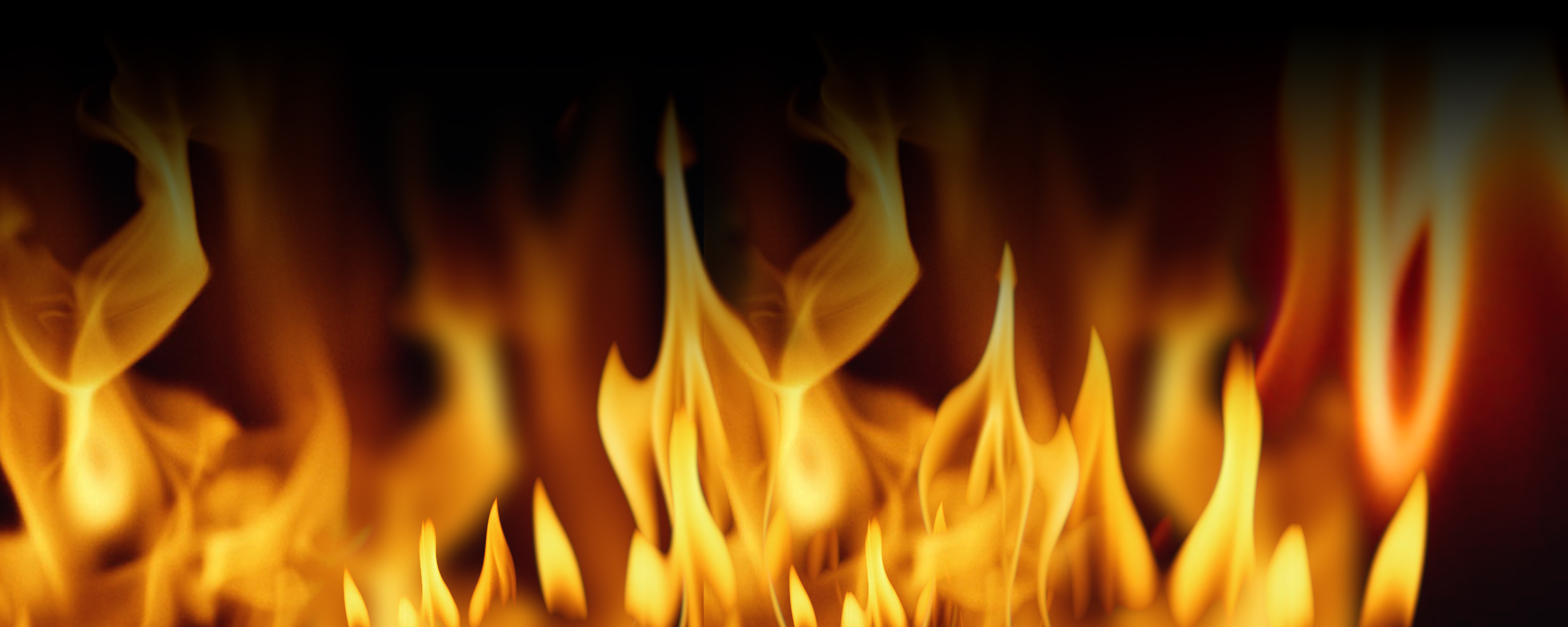
Fire types and severity
Different combustible materials burn at different temperatures which will have a bearing on the FRL of a given intumescent paint coating. This needs to be taken into account when specifying intumescent products so that the required FRL is ensured for the combustible materials that are likely to be encountered in a particular situation.
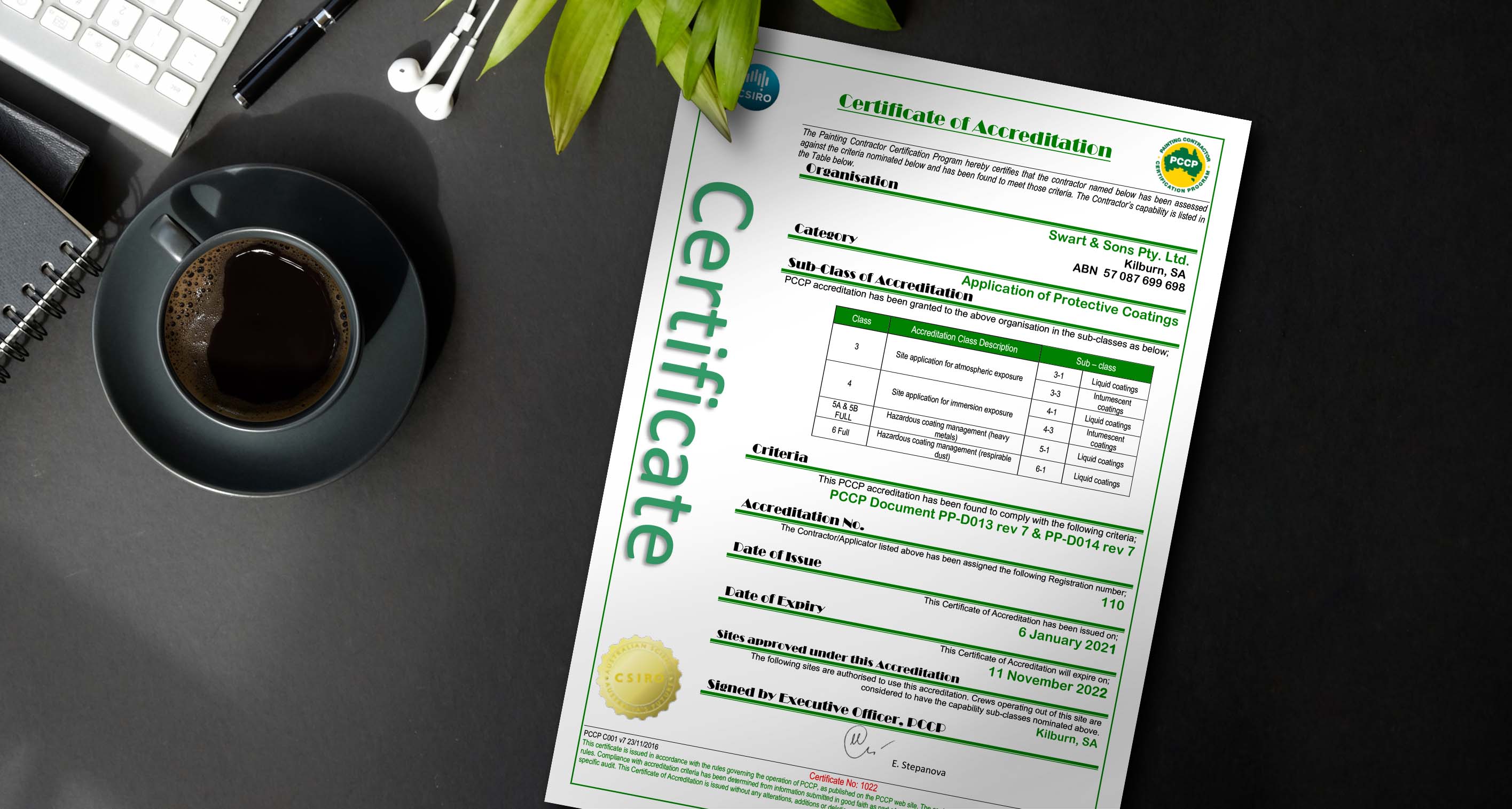
Quality assurance for intumescent paint coatings
We believe Painting Contractor Certification Program (PCCP) accreditation is paramount for passive fire protection contractors engaged in applying intumescent paint coating systems.

Specifying intumescent paint coatings
Whilst intumescent coating products may look just like paint, they have an important function (i.e. passive fire protection) that makes their specification a much more involved process.
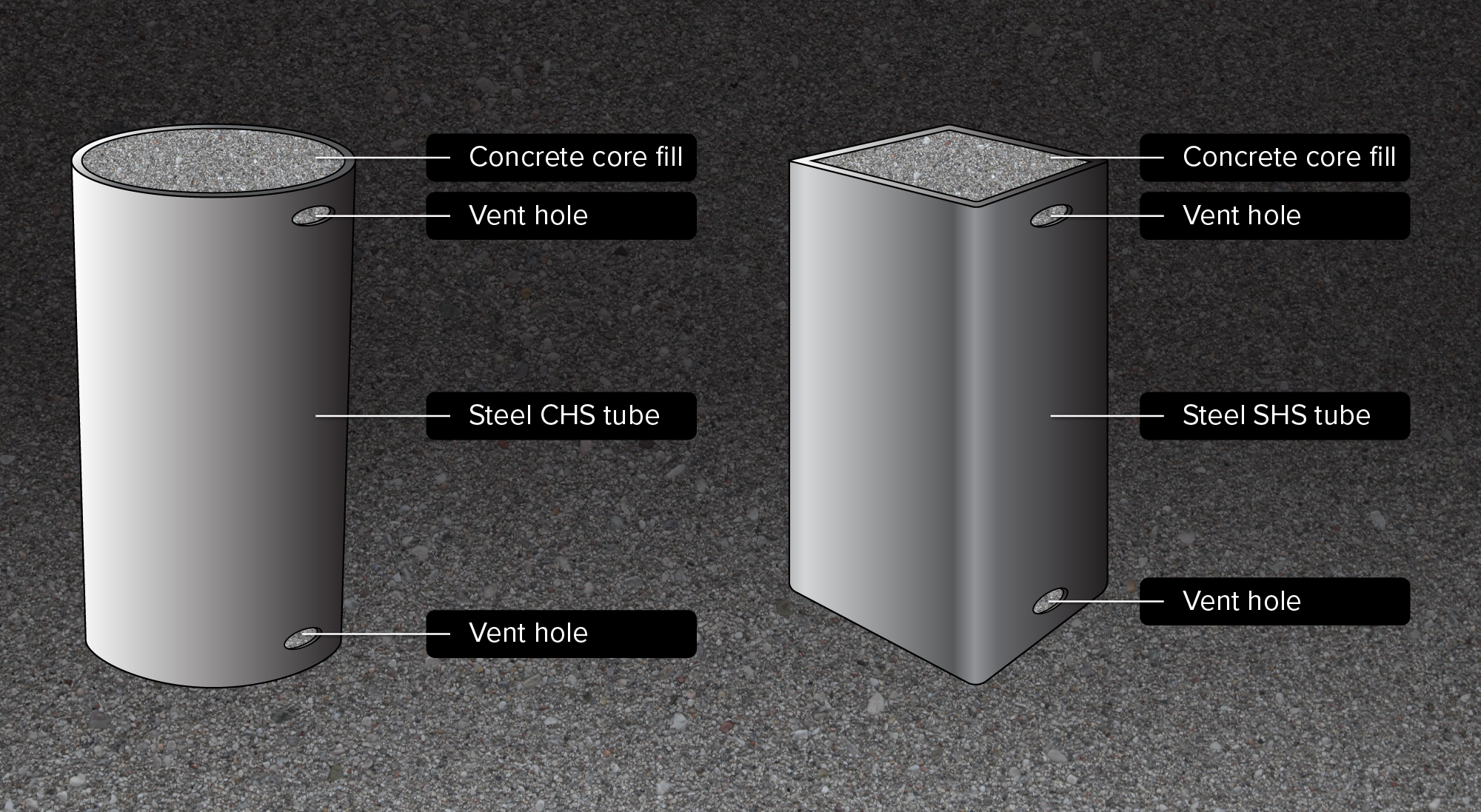
How core filling affects intumescent paint coatings
Core filling is a viable solution to fire-protect high Hp/A hollow section steel that is otherwise unable to achieve the desired FRL.
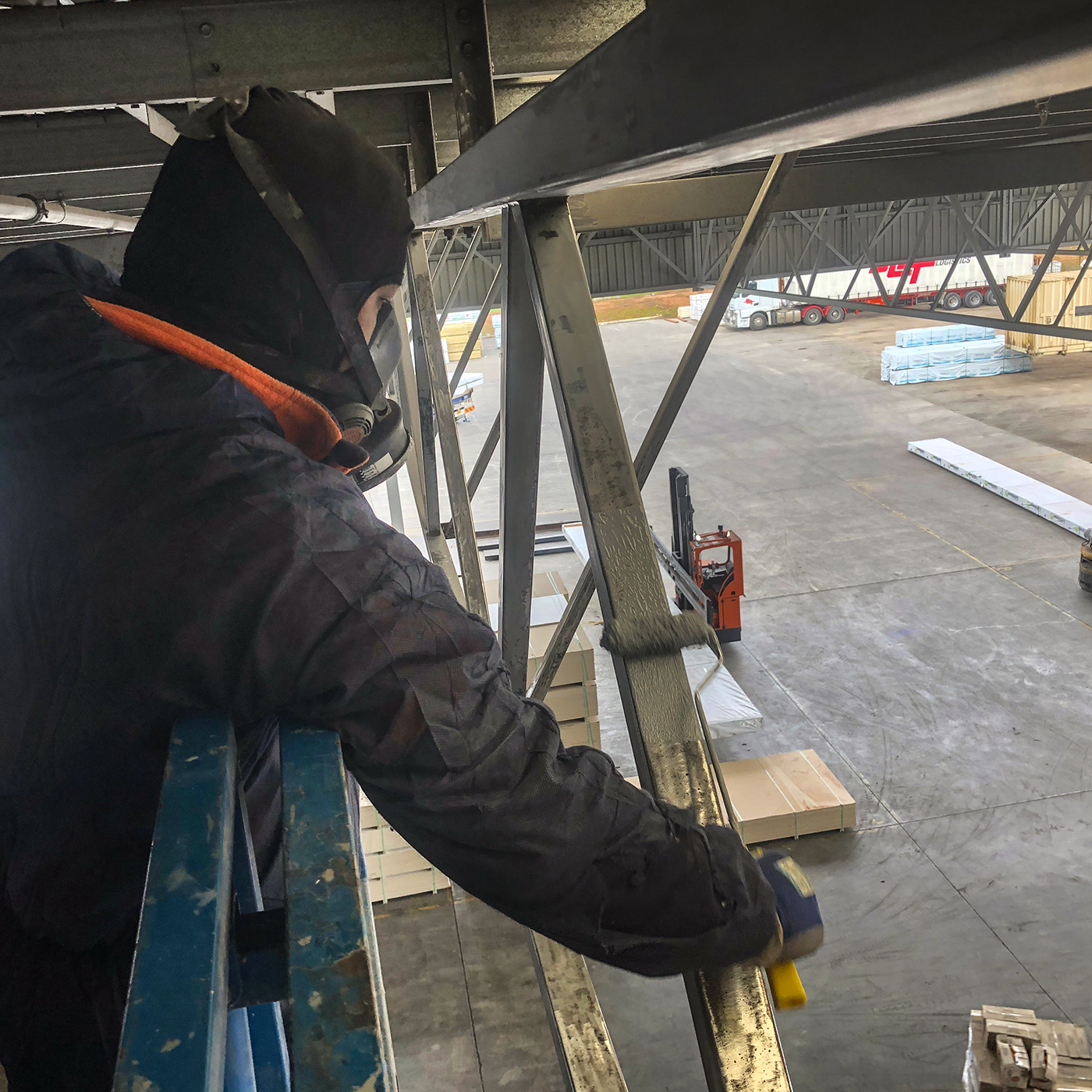
Applying intumescent paint coatings
Builders need to choose appropriately qualified subcontractors that are licensed to do work in the relevant state or territory, i.e. they are licensed to apply intumescent paint coatings.
